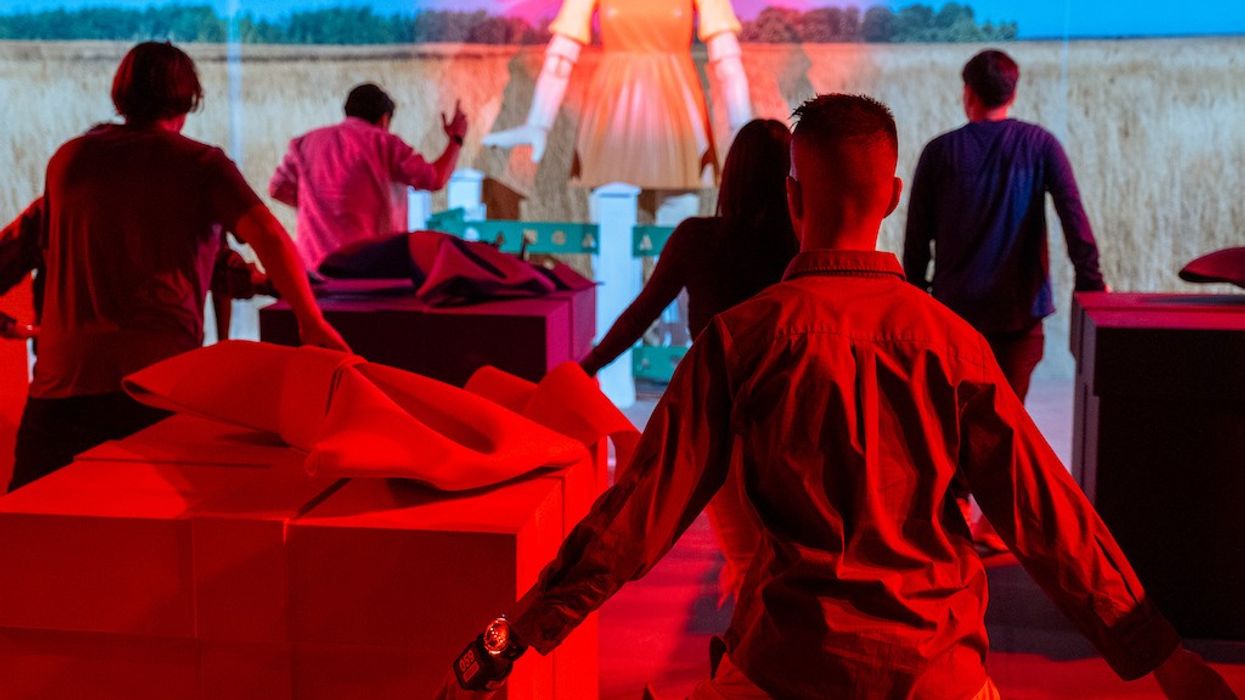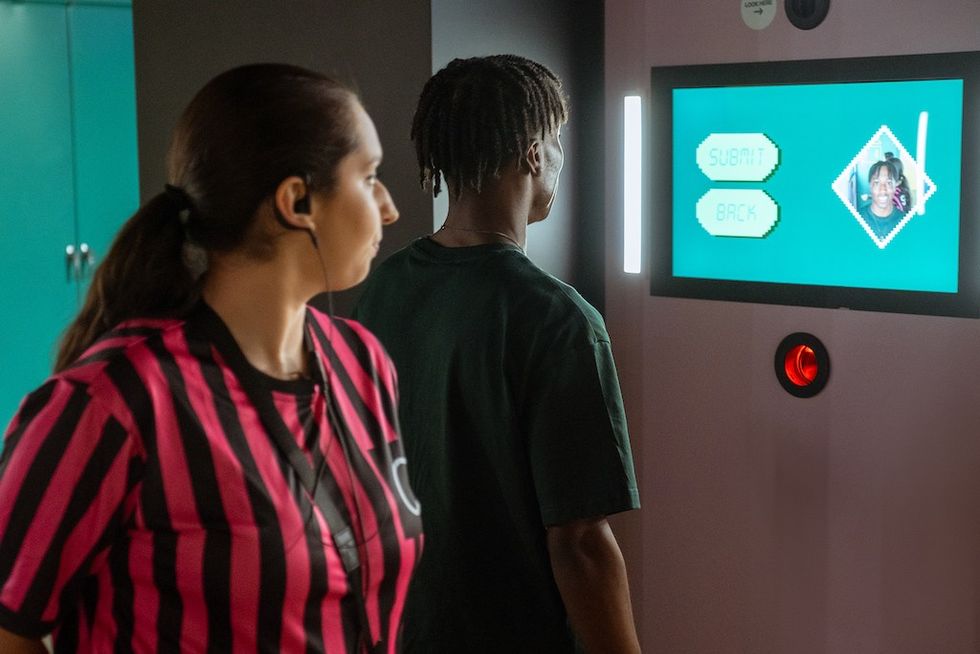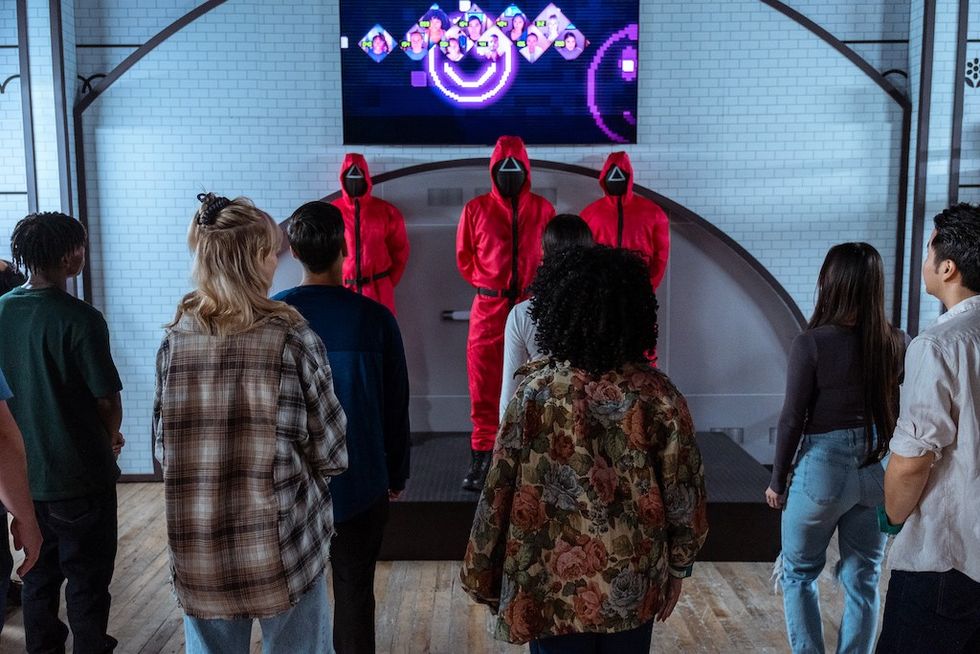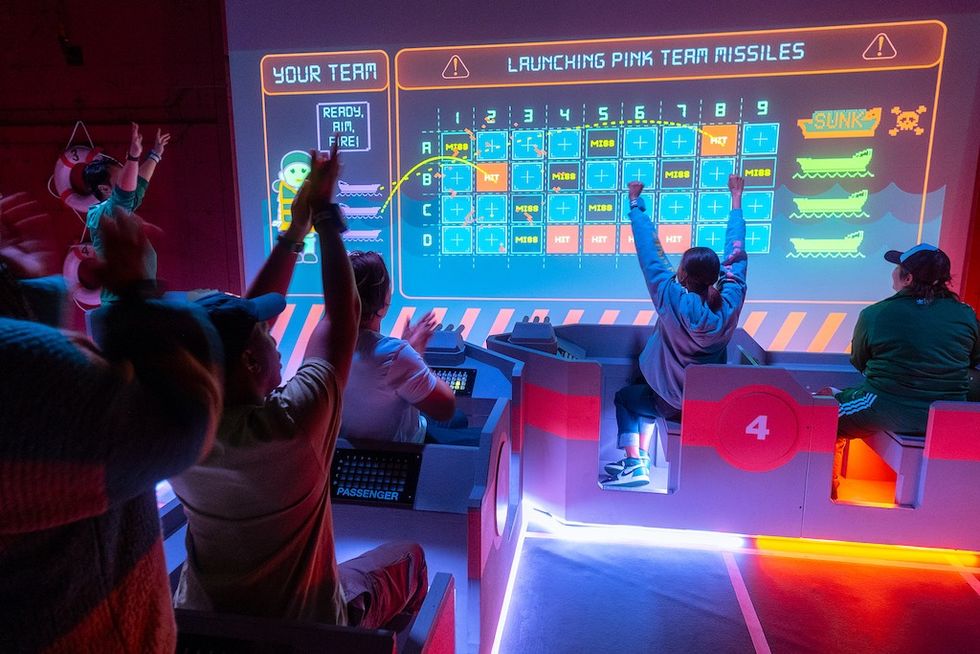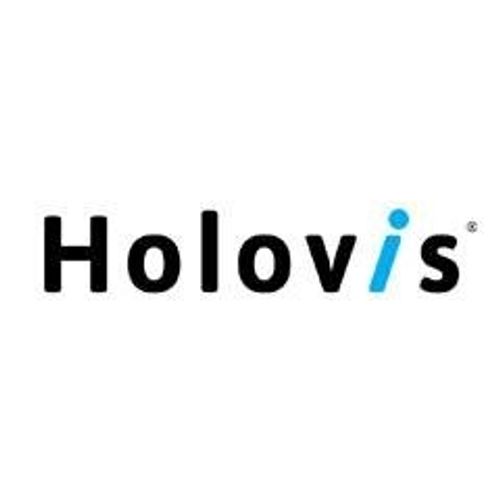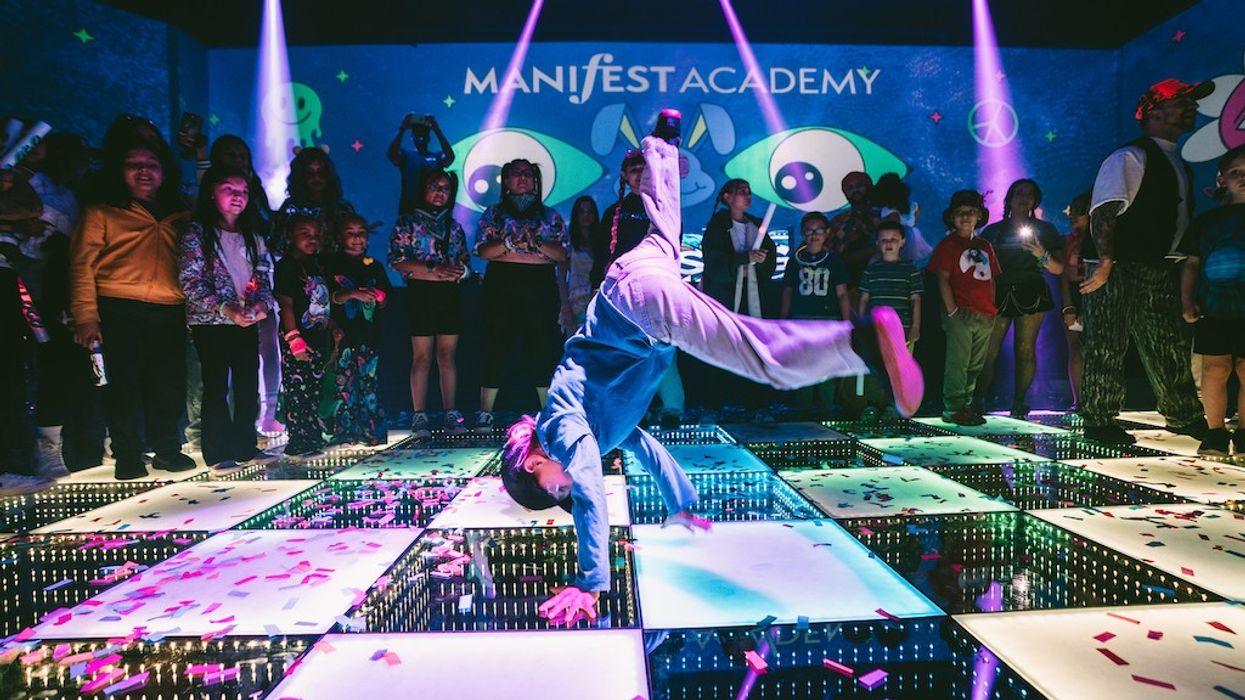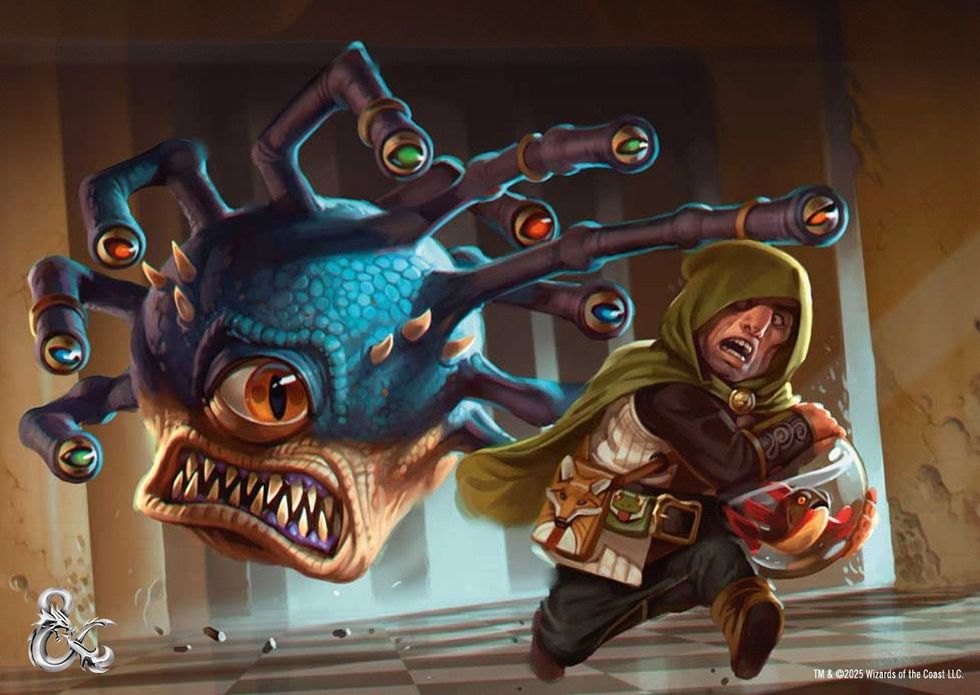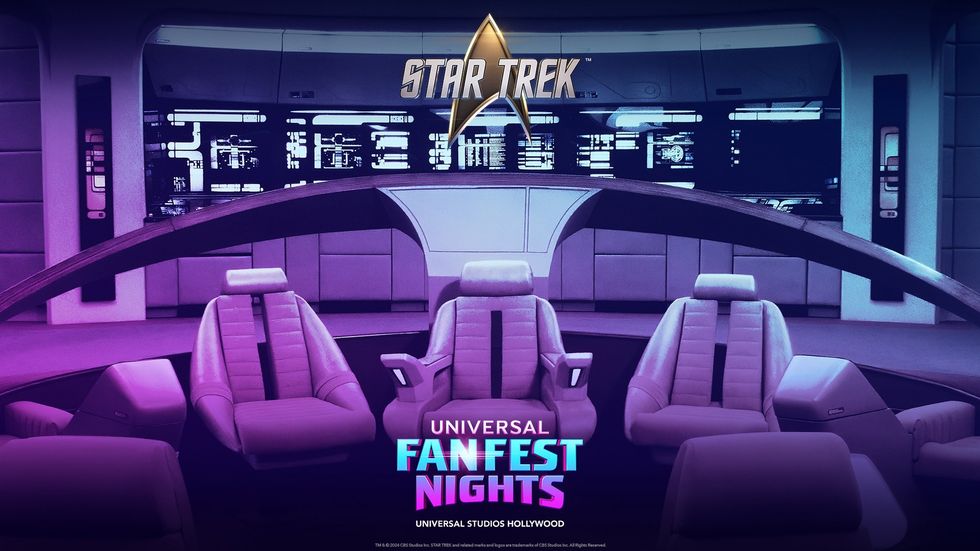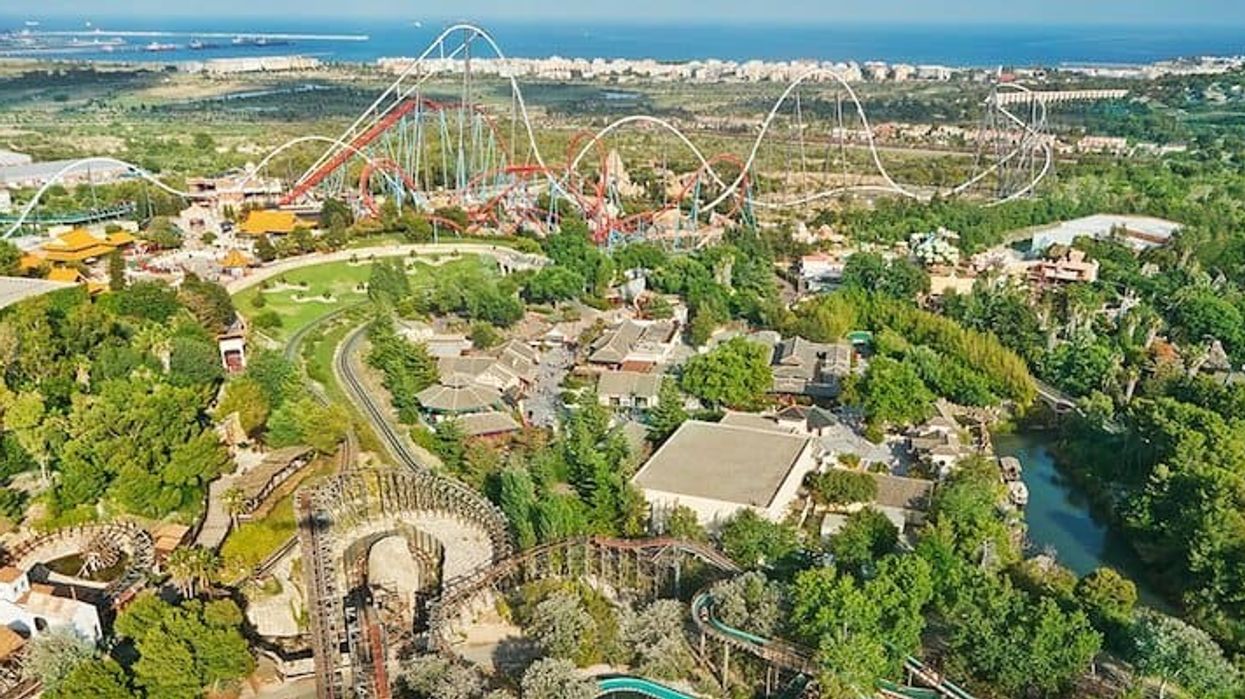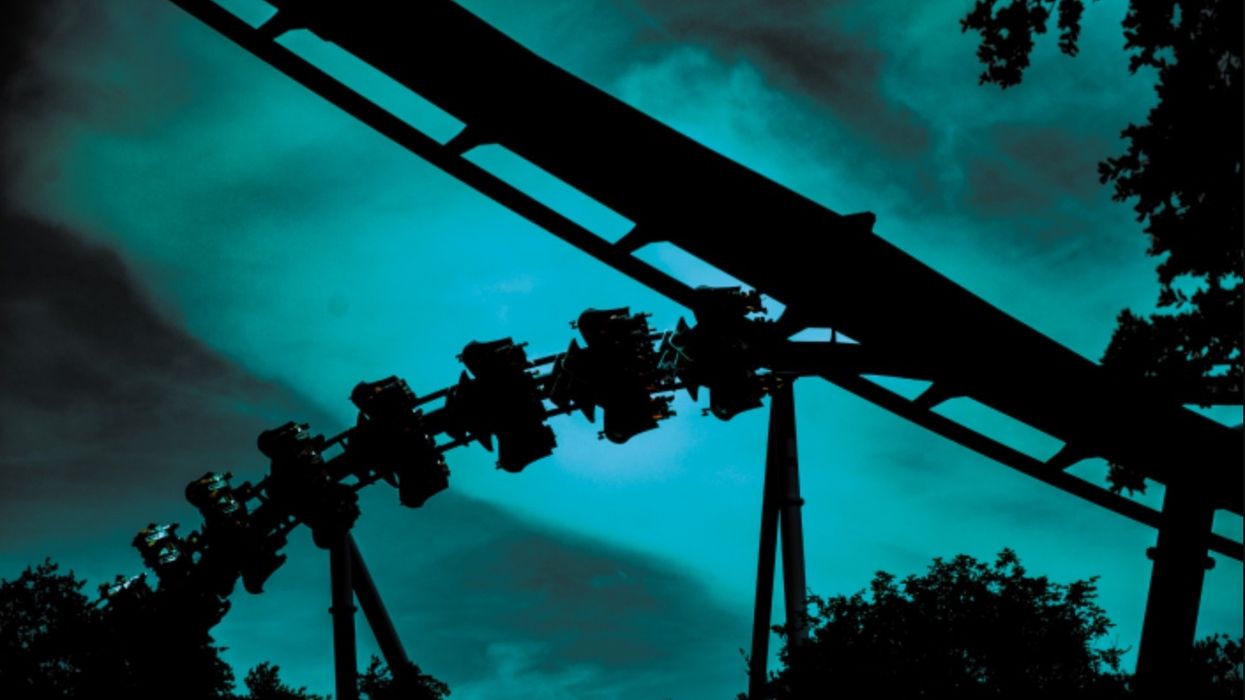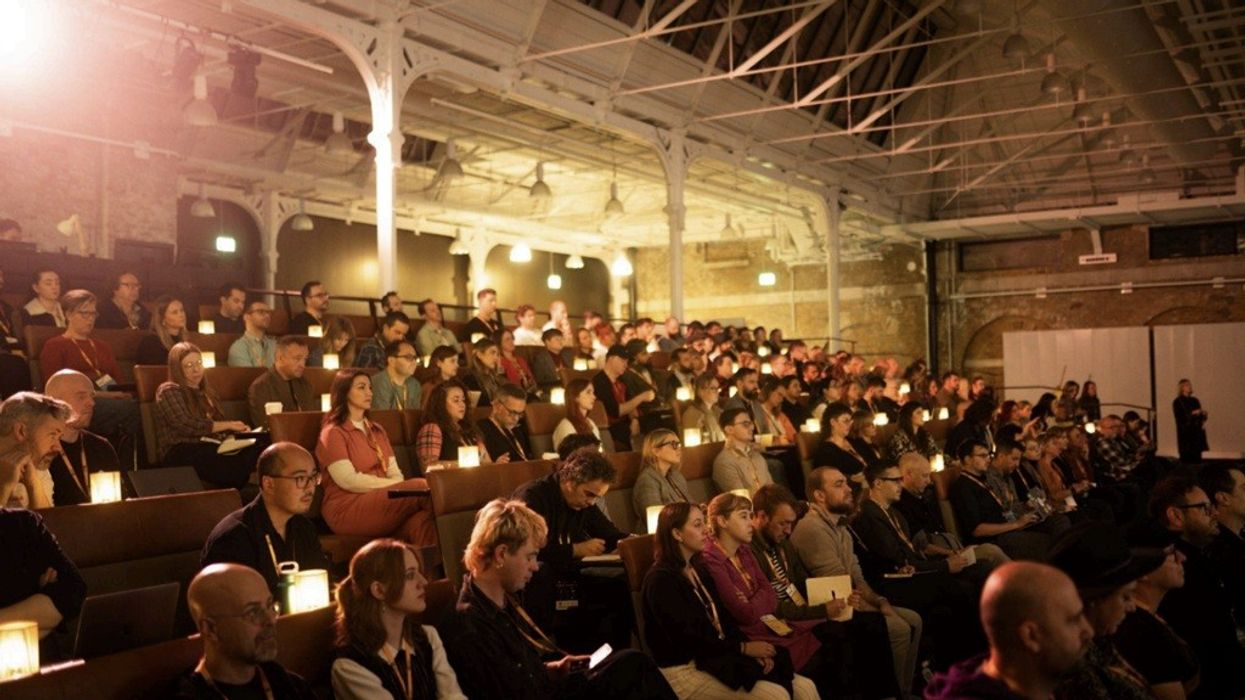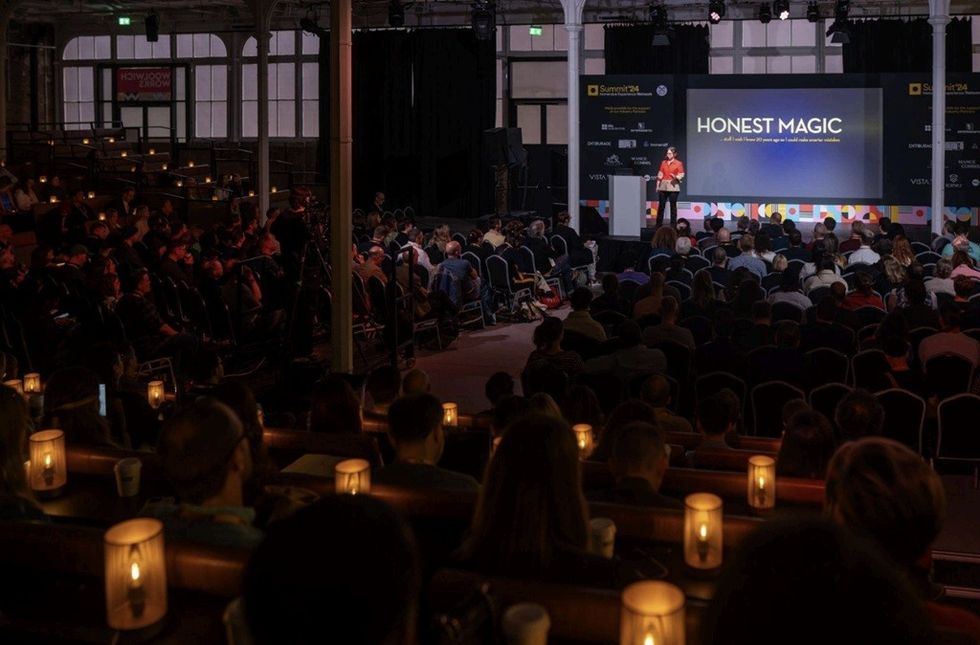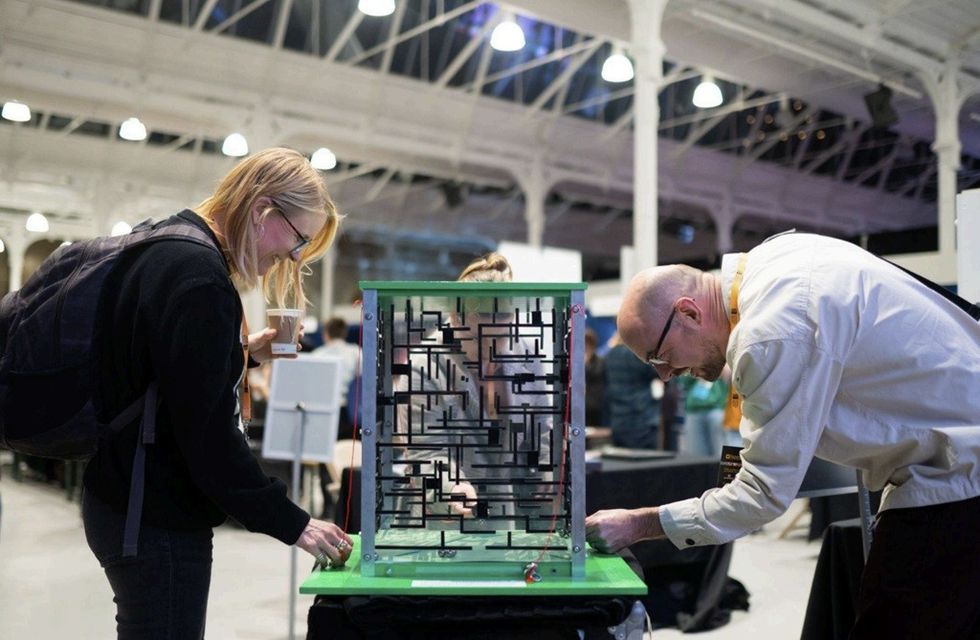Holovis, a leading experience designer, played a key role in bringing Squid Game: The Experience to life by integrating cutting-edge technology to create engaging interactivity and gamified rewards. Based on Netflix’s popular Squid Game series, with its high-stakes competition and psychological tension, the experience allows fans to immerse themselves in this exciting world.
After its success in Los Angeles, Squid Game: The Experience expanded to New York. Holovis carried out a complete technology overhaul, rebuilt the software, and upgraded the lighting design to enhance the experience for a new audience.
Key improvements included full game backend development, integrating updated media, graphics, and assets from Netflix, as well as the installation and commissioning of a new show control system, and upgrading the technology for improved management and host operations. The firm also upgraded the host tablets, enhancing performance and allowing them to focus on the guests rather than the tech.
A Unity-based frontend rebuild has enhanced performance and responsiveness, and the experience now includes enhanced game controllers for Red Light, Green Light, and Marbles, providing more precise gameplay.
Additional updates include hardware upgrades for Red Light, Green Light that boost motion detection and responsiveness, along with a brand-new finale game, a Jack-in-the-Box showdown, delivering a high-tension surprise ending.
Complex technical integration
Holovis specialises in complex technical integration, drawing on the skills of a multidisciplinary team, which includes show control engineers, game developers, automation engineers, AV engineers, lighting designers, network engineers, and BIM engineers.
The project required a seamless integration of traditional show control methods with advanced game development, involving high-end industrial hardware and programming.
A key aspect of Holovis’ work centred on developing an integrated system architecture. The team used robust show control hardware, commonly employed in the attractions industry, and combined it with customisable real-time game development principles. The result is a high-performance, resilient, interactive experience that functions well under heavy usage – one that invites guests to touch and play.
Real-time interactivity
Each room in Squid Game: The Experience incorporates advanced technological features, including Bluetooth connectivity and accelerometer-based motion sensing to detect even the slightest movement, industrial scanners and concealed sensors to enable real-time interactivity, customised software for each game, and a centralised system to oversee scores and results.
There are also show control systems for triggers, lighting, and effects, as well as a robust network design for wireless connectivity for each host, supported by a reliable hard-wired game controller, and reactive lighting along with moving set pieces for increased immersion.
All these components are designed to work invisibly, ensuring the games remain in focus while the technology quietly supports them, boosting immersion.
A reliable system
One of Holovis’ most important implementations involved establishing a reliable network that allows the host to wirelessly manage the experience using tablets throughout the attraction.
This wireless setup keeps the host actively engaged with guests, while a separate, fixed network with enhanced controls enables the technical director (TD) to assist during any disruptions. The primary aim was to ensure the system fails elegantly, allowing quick and discreet interventions without disrupting gameplay.
The system can run up to six games simultaneously, each hosting up to 24 players, totalling 144 players at once, with each guest engaging in different activities. Every player receives a unique player number, similar to the show, and scores are carefully recorded.
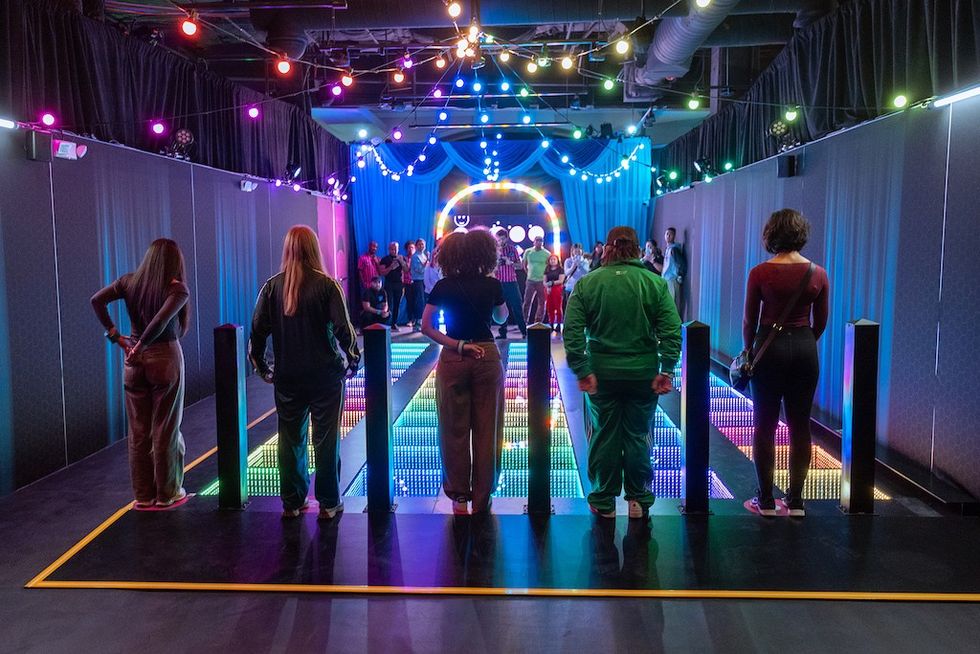
The system automatically adjusts to accommodate the number of participants and guests with disabilities, ensuring a seamless experience for all. It maximises throughput without needing manual adjustments from the host or TD.
Instead of traditional RFID tracking, Holovis used Bluetooth beacons with built-in accelerometers to monitor motion during the Red Light Green Light game. Each wristband contains a beacon that detects movement, not location.
If a player moves at the wrong time, the system registers their elimination, offering a lightweight and precise alternative to large-scale tracking. Plus, the bands don’t require charging; their batteries last well beyond the attraction’s runtime.
Creating a memorable experience
After launching the experience in October, Holovis worked closely with Netflix to monitor system usage. This iterative process resulted in improvements that enhanced guest engagement and system reliability. With daily sell-out crowds, maintaining a seamless system was crucial.
Despite careful design, guests inevitably tested the system’s limits, so the team stayed on hand to respond, upgrading, changing, and adjusting as necessary. Updates were implemented at the start of 2025 to enhance the guest experience.
A significant focus in the New York installation was enhancing the immersive atmosphere through lighting. The Holovis team designed all lighting for the Night Market shopping and bar area, boosting the experience’s vibrancy and initial impact.
The firm also developed dynamically lit lamps for the finale room, adding tension and ambience, and synchronised lighting effects with game mechanics, reinforcing the show’s signature suspense.
Every attraction build faces challenges. Fine-tuning the finale required precise engineering to create a suspenseful moment before the surprise. Optimising Red Light, Green Light’s detection involved adjusting beacons for sensitivity. Integrating lighting effects with game mechanics added realism, requiring careful programming and testing.
With a completely redesigned software system, hardware upgrades, and a brand-new finale, Squid Game: The Experience in New York offers a more immersive and intense adventure. Every aspect, from game mechanics to lighting design, is carefully coordinated to draw guests deeper into the Squid Game world while enhancing efficiency and flow.
Whether stepping onto Memory Steps, navigating Warships, or eagerly awaiting the Jack-in-the-Box finale, players are in for an unforgettable thrill.
Holovis integrated numerous products into Squid Game: The Experience, including items from brands such as Alcorn McBride, Q-Sys, ETC Lighting, Beckhoff Automation, Lightware, and Beetronics.
Jon Tozer, vice president of global strategy at Holovis, recently took part in a panel discussion for blooloop on innovation in creative technology, speaking with experts from Netflix, Area15, and Semantic.
Charlotte Coates is blooloop's editor. She is from Brighton, UK and previously worked as a librarian. She has a strong interest in arts, culture and information and graduated from the University of Sussex with a degree in English Literature. Charlotte can usually be found either with her head in a book or planning her next travel adventure.
